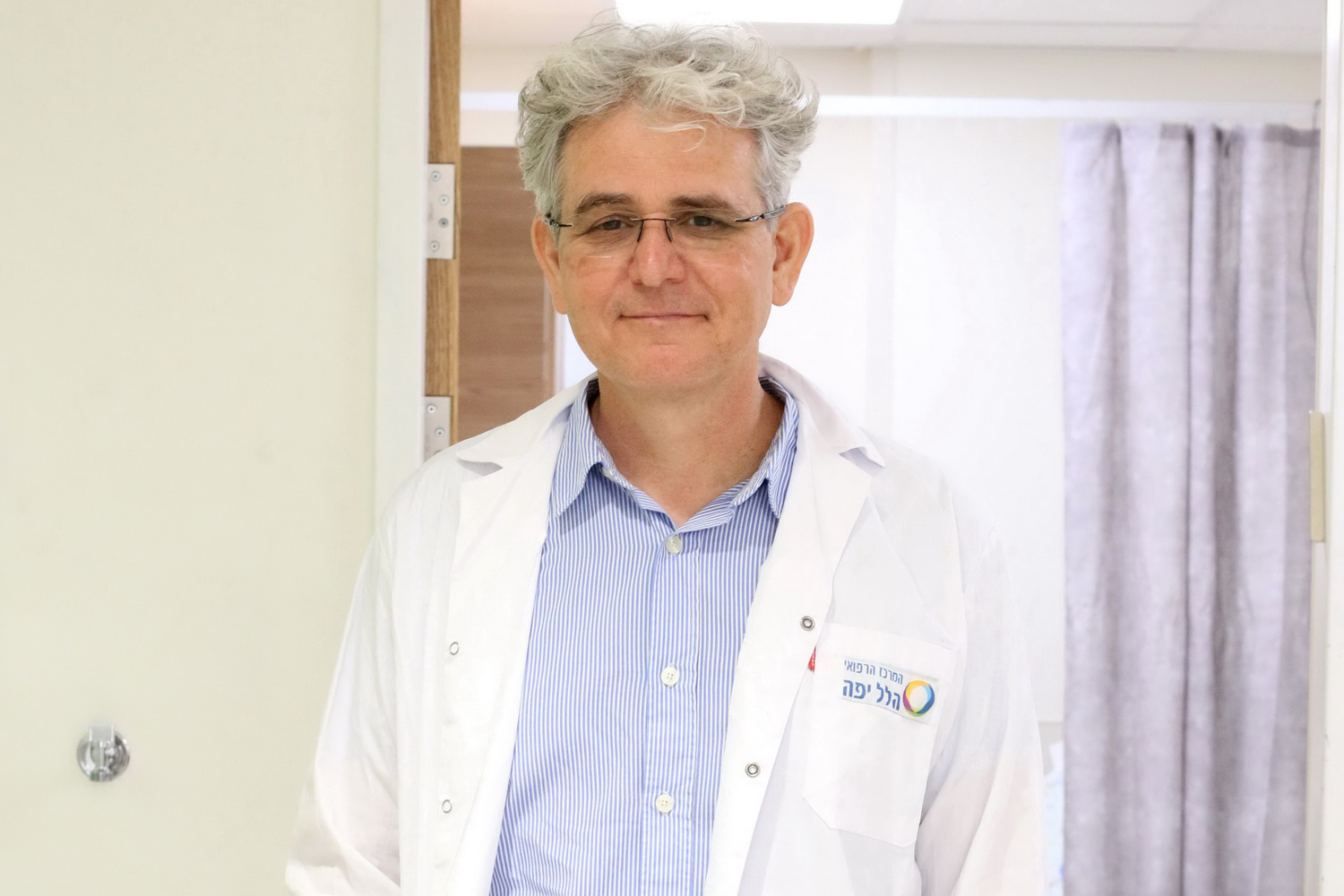Skin cancer is the most common form of cancer in the entire world. Every year, around 10,000 new cases are diagnosed in Israel – a very large number relative to other types of cancer. The disease manifests as skin tumors which grow in one place, and the reasons for their appearance vary from one person to the next. Most appear due to extended exposure to the sun, fair skin, family genetic tendencies, as well as a weakened immune system. There are three main types – the least serious and most common is Basal Cell Carcinoma (BCC). Such a tumor does not metastasize, but can spread in the area where it already is found, and therefore it is important to remove it completely. It develops slowly and there is a high chance of sores forming in the area of the tumor. Squamous Cell Carcinoma (SCC) also forms on areas of the body which are exposed to the sun, and is formed due to cumulative overexposure to the sun’s rays. These type of tumors can spread to the lymph glands or other organs, and therefore it is important to diagnose and remove the cancerous growth completely. The third, and most aggressive type is Melanoma, which tends to metastasize to other organs, and therefore it is important to identify and treat it as soon as possible.

“Mohs surgery enables complete removal of the tumor, while preventing superfluous removal of healthy tissue.” Dr. Ofer Arnon
How can skin tumors be identified?
Skin tumors can appear in various forms:
-
An open sore which bleeds, oozes, or crusts, and remains open for several weeks. An open sore which does not crust, and this is a very common sign of Basal Cell Carcinoma.
-
A reddish patch or irritated area that may crust, hurt, or itch. Sometimes the reddish patch can remain for a long time without causing any discomfort.
-
Shiny or translucent bumps, which can sometimes be pinkish, reddish, or white.
-
A dark, black, or brown birthmark, particularly among dark-haired people.
-
A pinkish growth with slightly elevated borders and crusted central indentation. When the tumor grows, tiny blood vessels can develop in the area.
-
A scar-like, white or yellowish area, usually with poorly defined borders. The skin itself is shiny and taut.
How can I treat it?
There are several treatment methods for skin cancer, such as curettage, radiation, or freezing with liquid nitrogen. The most effective method today is Mohs surgery. This is a method which allows a microscopic examination and immediate pathological interpretation during the surgical procedure.
“The method enables complete removal of the tumor, while preventing superfluous removal of healthy tissue. The procedure is carried out in the OR, which has a special laboratory attached to it, where the tissue is examined in real time,” explains Dr. Ofer Arnon, of Hillel Yaffe Medical Center’s Plastic Surgery Unit.
This treatment carries high success rates of 97-99%. One of the main advantages of Mohs surgery is the preservation of function and aesthetics in the area from which the cancerous tumor was removed, and this due to the minimal amount removed. “The moment a smaller area is removed, the restoration method is simpler and enables a more aesthetic result. It is therefore particularly recommended to perform Mohs surgery in cases in which removal can harm the patient’s external appearance – for example, when the cancerous tumor is on the face, fingers, or near the genitalia,” explains Dr. Arnon.
Another advantage lies in the way the surgery is performed. “At each stage, a minimal amount of tissue is removed and is examined microscopically so that the surgeon can decide whether to remove additional tissue. There is no unnecessary removal of skin tissue, and therefore aesthetics are harmed as little as possible, but the procedure does not end until the surgeon is one hundred percent certain that the tumor was removed in its entirety,” adds Dr. Arnon.
Can it be prevented?
“Despite the successful treatment and high levels of success for Mohs surgery, the most important thing is prevention. It is possible to minimize the risks of the disease by reducing sun exposure, particularly during the hottest hours of the day, as well as making sure to use a recognized and approved sunscreen,” concludes Dr. Arnon.
So before leaving the house in the summer months, make sure to take sunscreen and a hat, and ensure you stay in the shade, as far as possible.











.jpg?BannerID=39)

